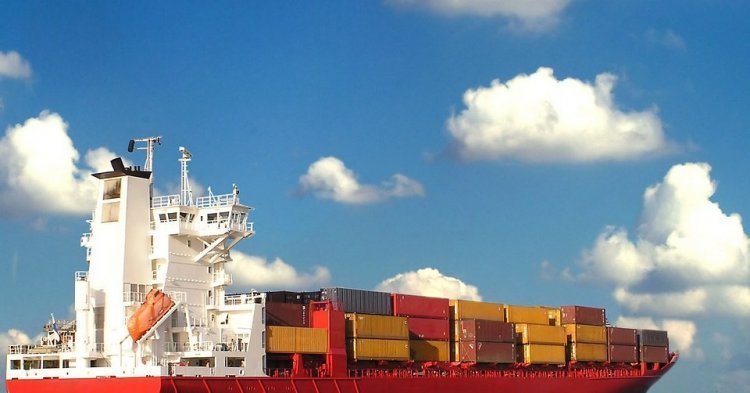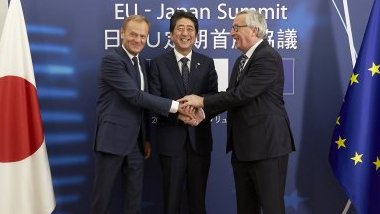Estimates show that the agreement will lead to an increase of EU exports to Japan by almost 74% (73 billion euros) and an increase of the imports by almost 64% (70 billion euros). Given a similarity between the two economies, this will mainly affect trade within certain sectors, for instance the automobile industry. The Japanese would buy more cars from Europe but the Europeans would likewise also buy more cars from Japan. A relevant shift of jobs between sectors is not expected; such redistribution due to different skill profiles of workers could have resulted in a temporary surge of unemployment. The EPA is, however, not expected to have any noticeable influence on employment.
Thanks to the agreement, a GDP increase of 0.1% (13 billion euros) is forecast for the EU until 2035, and about 0.3% (16 billion euros) for Japan. About 14% of the gain will be owed to the reduction of tariffs, whereas 86% would be achieved through removing other trade restrictions, the harmonisation of product standards for example. The impact on other countries – due to redirected trade currents – is deemed negligible. Furthermore, it is expected that all the Member States of the EU will benefit from the agreement and that no sector in the EU will be negatively affected. In particular, EU exports of farm products, machines, and textiles as well as imports of cars, machines, and other equipment goods are expected to grow. According to predictions, the trade liberalisation will bring about a rise of real wages for workers of all qualification levels.
The agreement considers potential negative consequences of globalisation and tries to counter them. Negotiations focused on sustainability and social justice issues in particular. In addition to a number of environmental goals, it was also about the future of small and medium-size companies facing international competition. In the interest of users, appropriate data protection was ensured, which plays an important role especially in service trade. After the TTIP experience, great value was also placed on transparency – all documents have been made publicly available.
The EPA is strategic and meaningful for the economic presence and the political pertinence of the EU in the Asia-Pacific region. It strengthens the positions of both sides in the global order – all in accordance with common values, such as democracy, the rule of law, and multilateralism. This commitment to a global rules-based trade system is a clear sign against rising protectionism.



Follow the comments: |
|
